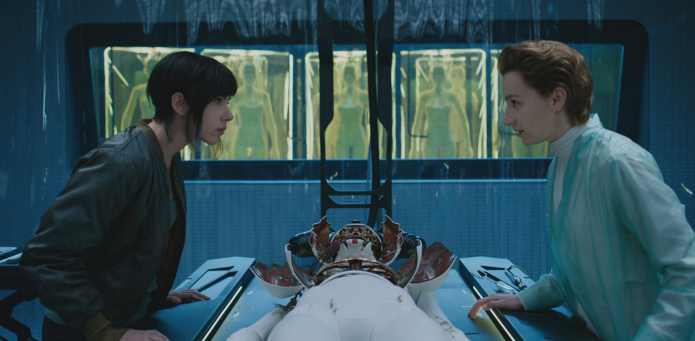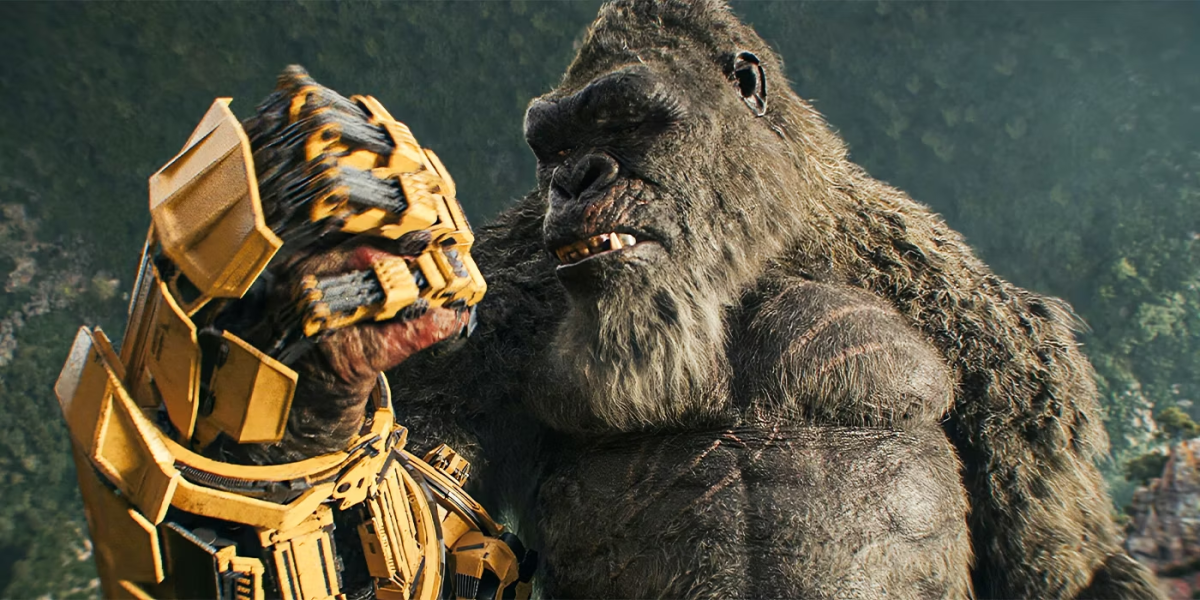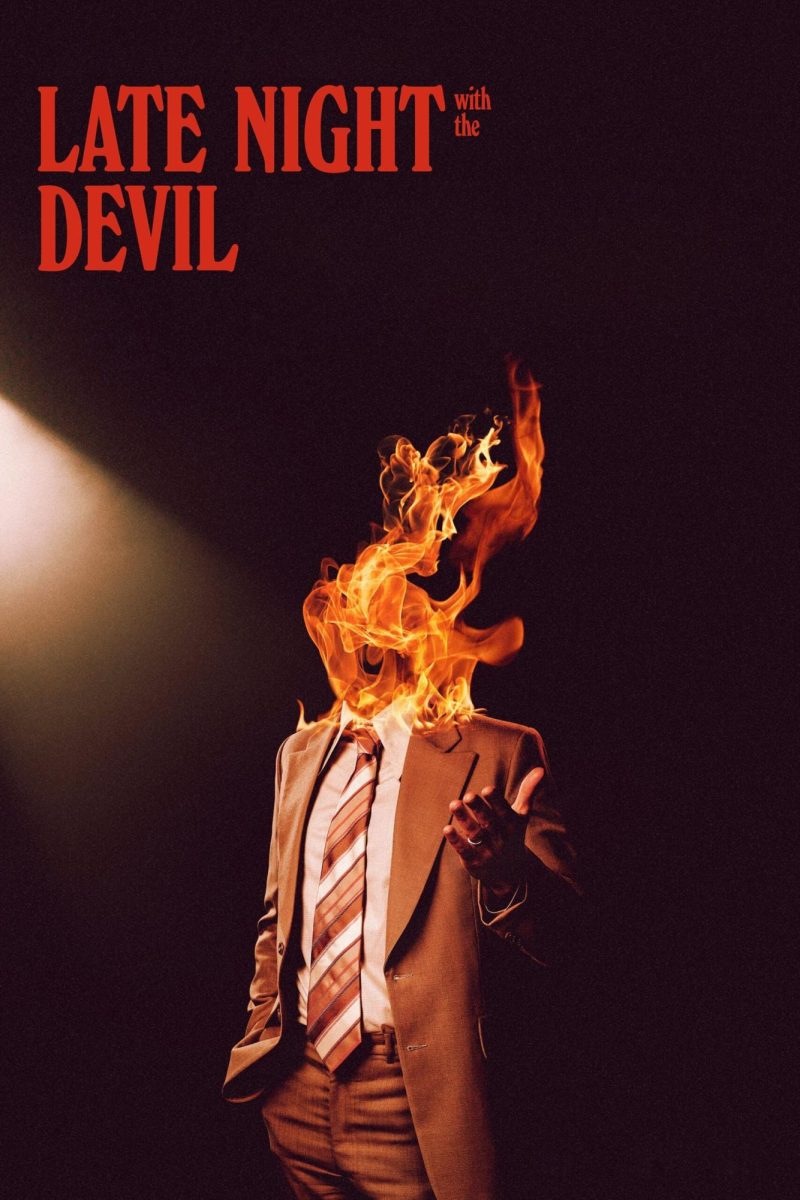Scarlett Johansson’s latest blockbuster film, “Ghost in the Shell” adds some interesting themes to the well-established science fiction genre, sadly at the expense of cohesive storytelling and pacing.
“Ghost in the Shell” is directed by English filmmaker Rupert Sanders, whose limited directorial work includes 2012’s “Snow White and the Huntsman,” a critical failure but box office success. Sanders’ work here with “Ghost in the Shell” seems to reflect his filmmaking infancy, as the pacing and tone of this film are often veering in new directions, adding unnecessary confusion to the already muddled storyline.
Directly adapted from the beloved 1995 anime manga (Japanese comic) by Shirow Masamune, Sanders’ “Ghost in the Shell” follows Major Mira Killian, a cybernetic humanoid soldier (Johansson), and her quest for the truth of transformation from human to robot. From the film’s opening text, we understand the setting to be a near-future Earth, and we then see the creation of Johansson’s artificial ‘shell.’
The scene is quite well orchestrated and intriguing, as robotic arms begin to assemble the new body and fit pieces together like Legos, while eerie music plays in the background. The creation of Killian’s body reminded me very much of HBO’s “Westworld,” and as the film progressed, I wished that “Ghost in the Shell” executed its storyline as well as “Westworld” did in season one.
After we see the origin of Killian’s cyborg shell, we jump to the present, where she is now a Major for Section 9, an anti-terrorist organization. Killian, atop a building, gets an objective to watch a business deal happening with Hanka Robotics, the main supplier of the advanced technology that society now relies upon for daily life.
We watch as she peers into the meeting, and a Hanka associate describes this future world for everyone, commenting on how basically everyone in the world has cybernetic enhancements for improving sight, hearing and even intelligence and language acquisition. The deal goes awry when robots emerge and start shooting everyone, which Major quickly stops. The robots are found to be programmed by Kuze (Michael Pitt), an ominous person behind several recent attacks on Hanka Robotics.
While Major and her team keep searching for Kuze, Major continues to suffer odd visions where she sees a run-down temple in plain sight. Soon after, she encounters Kuze in one of his hideouts, who challenges her to think on her past, before vanishing into thin air. Thus, Major’s main quest changes from finding Kuze to finding the truth of her own story, amid action sequences and flashbacks. The film coalesces several storylines with a bland ending that fails to fulfill the potential and success of the original anime tale.
The key selling point for me going to see “Ghost in the Shell” was the stunning visuals exhibited in the trailers, and the finished effects in the film are magnificent. Since it is set in the future and features many robots, the basic entertainment of this film relies on CGI, and their team did a fantastic job on making the cityscape and set design feel like it was a modern location, with giant koi fish rippling through the air. The city structure reminded me a lot of Ridley Scott’s classic “Blade Runner,” but there are definitely new elements added from this adaptation.
Overall, the visual effects were among the best things in this film, as the captivating look of this film allowed me to believe I was present as the story unfolded and let me imagine the implications of the broader themes this film represents.
When “Ghost in the Shell” was first announced to be a live-action remake with Scarlett Johansson helming the main character, there was much uprising against this decision, mainly being the ‘whitewashing’ of Japanese actors. After seeing the film, I completely support the crew’s decision to cast Johansson, as she brings great depth to a robot, even through the poorly-crafted dialogue.
After superhero work in the Marvel Cinematic Universe and monetary success with “Lucy,” Johansson has proven herself to be not only a fantastic actress, but also a skilled action star and box office booster.
She turns in another great performance as Major Killian, and her strong work in this film should easily rid you of any doubts you may have had after her initial casting.
Although it poses recondite topics about the nature of humanity and artificial intelligence, “Ghost in the Shell” falls into unoriginal tropes and loses much of the audience with slow pacing and boring dialogue. After the initial few compelling scenes, the film falters often, making it hard to stay invested in the subject matter, even if it is visually pleasing.









Source Website • Apr 9, 2017 at 6:03 am
Commonly I don’t learn report about weblogs, even so want to state that this kind of write-up really forced everyone to take a look with as well as get it done! Your own writing style may be shocked everyone indian Human Artificial Eyes manufacturer. Thank you, very nice article.